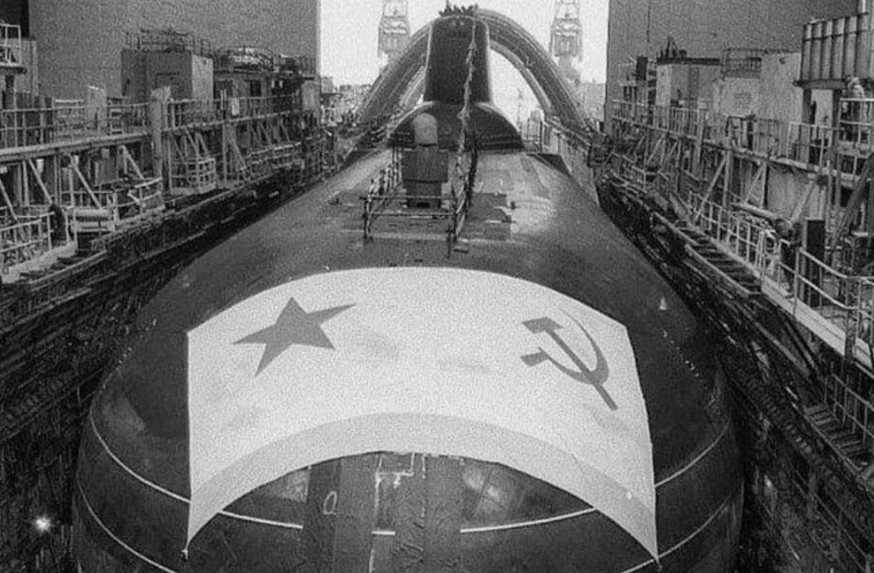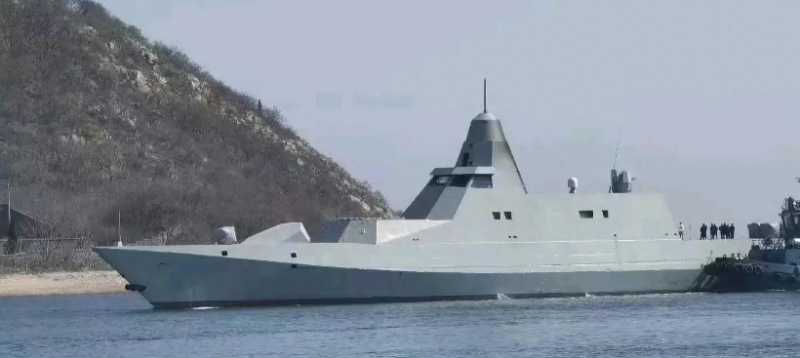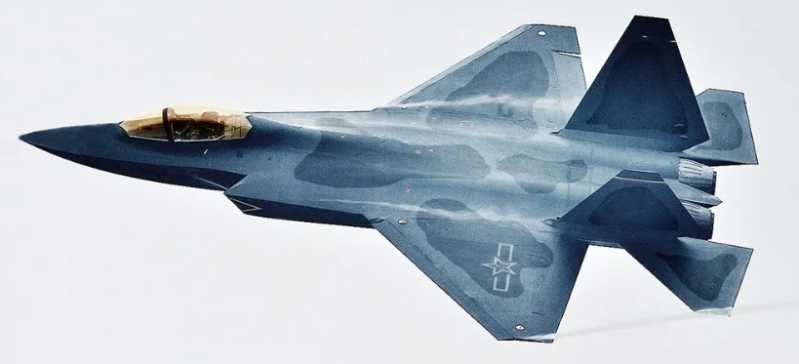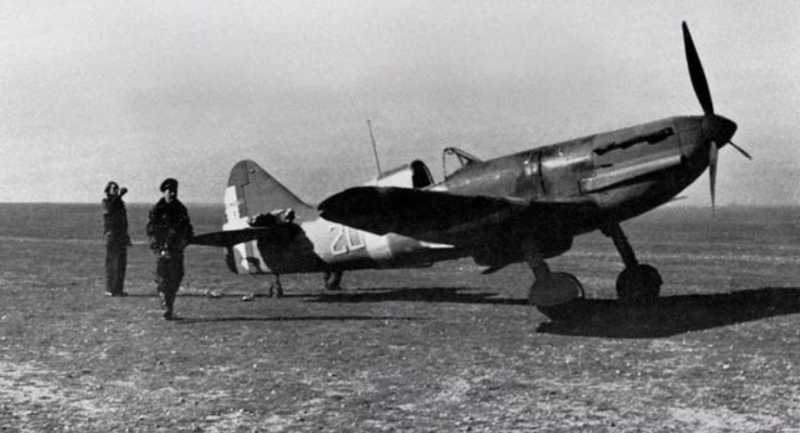The first Soviet strategic nuclear submarine was the Type 658, equipped with the -2/P-13 missile with a range of 600 kilometers. The improved Type 629 ballistic missile conventional submarine also used the same missile. The Д-2/P-13 can only be launched on the surface, with poor concealment and serviceability, resulting in poor submarine combat effectiveness. Therefore, after the Type 667A entered service, submarines equipped with this type of missile quickly switched to operational and tactical nuclear strike missions in the war zone.
The Type 667A was developed by the Soviet Union to counter the US military’s nuclear submarines equipped with "Polaris" submarine-launched ballistic missiles. The length of the submarine is 130 meters, the surface displacement is 7,900 tons, the underwater displacement is 9,600 tons, the engine power is about 33 megawatts, and the maximum underwater speed is 27 knots. Its main dimensions and displacement are slightly larger than those of the US Navy’s strategic nuclear submarines of the same period, and it carries 16 -4/P-21 submarine-launched ballistic missiles (later changed to -5/P-27). This type of missile uses liquid propellant, has a range of 1,420 kilometers, a warhead power of 1 million tons equivalent, and a load that is twice that of the "Polaris" A1/A2, but the range is only 50%~60% of the latter. After the D-4/P-21 was put into service, in order to replace this type of missile, the 8 658-type ships that were previously in service were also modified and called the 658M type after the modification. Later, the second-generation submarine-launched ballistic missile D-5/P-27 came out, with a range of 2,500 kilometers and still using liquid propellant. At the same time, the United States had developed the "Polaris" A3 ballistic missile with a range of 4,630 kilometers. The projection weight is also similar to the D-4/P-21 missile, and the combat effectiveness is significantly stronger. In terms of major technical and tactical performance, the Soviet Union’s sea-based nuclear forces are still at a clear disadvantage.
But no matter what, the service of the 667A type changed the status of the Soviet Navy and to a large extent changed the Cold War confrontation situation. The Severodvinsk Shipyard and the Komsomolsk Shipyard built a total of 34 Type 667A boats. The huge number of equipment proved that the service performance of this type of boat was basically acceptable, and it also left a lot of activity records for the US military.
The Type 658 began to be officially on combat duty in 1968, and the Type 667A began to perform combat patrol missions the following year. In the early 1970s, the Soviet Navy’s Type 667A began to operate outside the east and west coasts of the United States. Generally, three Type 667A boats are required to be kept in the Atlantic Ocean near the east coast of the United States, and 1 to 2 boats are kept in the Pacific Ocean from the west coast of the United States to Hawaii. Generally, the Type 667A will patrol at the maximum range of its missiles, but if a more serious crisis occurs or actual combat exercises or special training are conducted, the Type 667A will be closer to the US coast.
After the Soviet Union transferred the Type 658 and Type 667A: and even the Type 629 with poor performance to combat duty patrols, the West, especially the United States, quickly established corresponding countermeasures. NATO has established two anti-submarine defense lines in GIN (Greenland-Iceland-Norway) and GIUK (Greenland-Iceland-United Kingdom), which the Soviet Union called "anti-submarine areas". They densely deployed maritime patrol aircraft, destroyers and frigates, radio direction-finding stations, moored sonar groups, and began to set up fixed submarine sonar arrays (SOSUS). The two anti-submarine defense lines are very necessary to contain the Soviet Navy’s strategic nuclear submarines. On the other side of the earth, the United States and Japan have deployed several "anti-submarine areas" in the first and second island chains in the northwest Pacific Ocean.
This shows The Soviet Union had a disadvantage in the ocean geopolitical environment. It not only lacked sufficient experience in distant sea activities, but also could not operate a combat system in the ocean like the United States, especially lacking reliable allied bases and distant sea support nodes. This created an unavoidable objective requirement, that is, Soviet nuclear submarines must adapt to long-term (about 2 months) and long-distance (up to thousands or even tens of thousands of kilometers) navigation and patrol. The strategic nuclear submarines of the US Navy could slowly sail 1,000 kilometers from Rota, Spain, or Guam in the Pacific to enter the patrol position. Regardless of their equipment, Whether it is the "Polaris" missile with a shorter range or the "Trident" missile, this combat method can achieve the purpose of nuclear deterrence. The Soviet Navy’s strategic nuclear submarines must approach the US mainland to constitute an effective deterrent, and must start from the mainland, through the anti-submarine defense lines laid out on the GIN and GIUK waterways, or the several "anti-submarine areas" deployed in the first and second island chains in the northwest Pacific. To this end, in addition to putting forward high requirements on the submarine’s own performance, especially independent combat capabilities, it is also necessary to equip it with sufficient cover forces.
The objective conditions in geography determined that in the 1970s and 1980s, the first strategic task established by the Soviet Navy was to ensure and cover the deployment of ballistic missile submarines to the open sea. And this task determined the key development direction of the Soviet Navy during this period, that is, to concentrate on the development of nuclear submarines, and at the same time develop various arms to ensure that nuclear submarines can rush into the open sea, and build around "covering the deployment of submarines to the ocean." During these 20 years, the Soviet Navy has made great achievements by adhering to this principle, and has initially formed the basic framework of the "ocean-going nuclear navy" proposed by Gorshkov - with the ability and qualifications to implement "ocean strategic battles". For a traditional land power, while building an army, it is a great achievement to develop a navy that can compete with super sea powers.
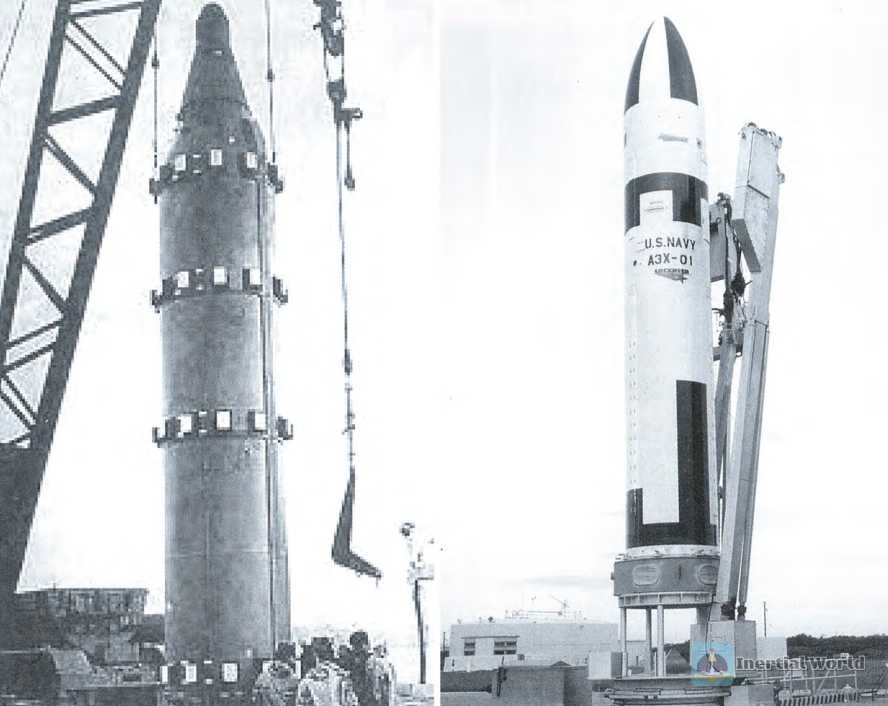
The service of the Soviet Union’s first-generation strategic submarines greatly enhanced the status of the Soviet Navy. In 1976, Gorshkov published the book "The Maritime Power of the State", which not only systematically expounded the development achievements and direction of the Soviet Navy, but also directly pointed out the transformation of its nature - the Navy began to take "strategic use" as the principle. In the Soviet Union, where there was no independent strategic war theory for each service and multiple services had to be combined, and where the navy traditionally had no strategic tasks or even independent battle command, the navy actually had a "strategic" status for the first time and became a true strategic service! The core of the "ocean-going missile nuclear fleet" built by the Soviet Navy is the ability to strike land, or to be precise, the ability to use the first generation of strategic submarines to carry out strategic nuclear strikes on the US mainland. This is the Soviet Navy’s ability to The basis for competing with the other four major services, namely the Strategic Rocket Force, the Air Defense Force, the Army, and the Air Force.
The first generation of Soviet strategic submarines changed the situation of nuclear confrontation during the Cold War. After 23 Type 629, 8 Type 658M and 34 Type 667A/AY were put into service, the number of sea-based ballistic missiles owned by the Soviet Union in June 1974 just exceeded that of the United States. The United States had 41 ballistic missile nuclear submarines at the time, carrying a total of 656 missiles. During this period, the number of sea-based ballistic missiles in the Soviet Union developed in parallel with the country’s overall nuclear power, and the comprehensive nuclear advantage that the United States had previously possessed no longer existed.

In the mid-1960s, the US Department of Defense proposed a nuclear strategy of assured destruction, and determined the indicator system for assured destruction of the Soviet Union as follows: killing 20%~25% of personnel and destroying 50%~75% of economic power. Taking into account the damage that the Soviet Union might cause to the US strategic nuclear forces, as well as other possible hostile countries, the number and types of carriers of the US military’s strategic nuclear strike force were finally determined. This was the trump card in the first strategic arms limitation negotiations between the United States and the Soviet Union. In the US nuclear war plan, the most important thing is the first strike that undertakes the mission of "nuclear disarmament", hoping to completely destroy the Soviet nuclear forces and completely eliminate their conventional military forces. However, with the leap of the Soviet nuclear forces, the US nuclear strike indicator system for assured destruction-the unified operational plan (SIO) P) was forced to make major adjustments in the 1970s, and the number of nuclear strike targets was determined to be 40,000 (including Warsaw Pact countries, China, Vietnam, North Korea, Cuba, etc.). Among them, the Soviet Union’s targets were 4,000 to 6,000, mainly including 300 nuclear war command and control centers, 1,390 intercontinental missile silos, 500 important airports, 3 strategic submarine bases, 1,200 air defense missile bases, etc. Obviously, facing so many targets, the US nuclear force is no longer able to handle it, especially it is impossible to destroy the Soviet nuclear force first, because the Soviet Union has the ability to deploy strategic nuclear submarines in the ocean. These submarines are difficult to be destroyed quickly, and they may not be found even after the nuclear war is over.
In the 1970s, after the development of the first generation of Soviet strategic nuclear submarines, the main contradiction between the maritime strategic nuclear force and nuclear confrontation changed to improving technology and quality on the basis of scale. The Soviet Union has already caught up with the United States in scale, and the key issue has become how to ensure combat effectiveness and how to consolidate the basis for confrontation with technical means. So the Soviet Union began to develop the second generation of strategic nuclear submarines, the outstanding feature of which is that it can complete the nuclear deterrence against the United States in the Soviet coastal waters and even in the berths.
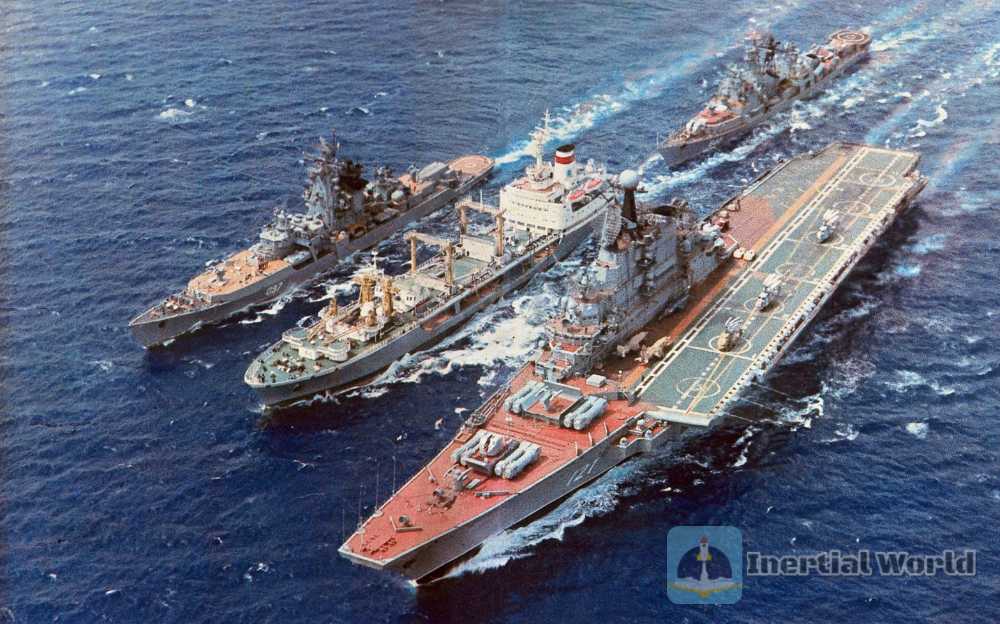
The first type developed is the 667B ballistic missile nuclear submarine, which has a surface displacement of 9,000 tons and an underwater displacement of 11,750 tons. Although it only carries 12 D-9/P-29 missiles, its range has reached 7,700 kilometers, which can strike US mainland targets from the Soviet coastal waters. To further improve this capability, the Soviet Union built four transitional models, the Type 667B, with a surface displacement of about 10,000 tons and an underwater displacement of 12,750 tons. They were still equipped with -8P-29 missiles, but the number of missiles was increased to 16 to ensure the same standard as that of US strategic nuclear submarines. After that, the Soviet Union built 14 Type 667BDPs, with a surface displacement of 10,500 tons and an underwater displacement of 13,250 tons. They were equipped with 16 -9/P-29P submarine-launched ballistic missiles with a maximum range of 6,500 kilometers. The most important improvement was the reentry vehicle and three sub-missile warheads.
The 667B series once again changed the situation of the US-Soviet nuclear confrontation at sea. The Soviet Union thus obtained a relatively reliable sea-based nuclear strike force, which was reliable in that no matter how bad the conditions were, at least a certain number of missiles could be guaranteed to hit the US mainland. The Type 658 and Type 667A nuclear submarines need to cross the ocean, and the natural conditions pose great difficulties. They also need to "bring" the anti-submarine defense line built by the West, which does have great problems in terms of combat reliability. The Type 667B series is completely different. It can fly missiles over the Arctic near the Kola Peninsula and strike the range from Florida to San Francisco in the United States; the Type 667B series located near Petropavlovsk in the Far East can strike strategic targets in the range from Maine to central Texas in the United States; the Type 667B series in the Pacific Ocean and the Arctic Ocean near the Soviet Union can strike all densely populated cities and nuclear force systems in the United States, including Washington, D.C.
At this time, the Soviet Navy’s nuclear submarines no longer need to go to the distant and dangerous front sea areas. As long as they are near the territorial waters, they can form a reliable nuclear deterrent against the entire United States. This prevents most strategic nuclear submarines from forcing their way through the defense lines laid out by the United States and NATO on the GIN and GIUK waterways, or the several "anti-submarine areas" deployed in the first and second island chains in the northwest Pacific Ocean.

Around the 667B series, the Soviet Navy formed the concept of "fortress sea area". In the North Norwegian Sea, Barents Sea and Okhotsk Sea near the Soviet mainland, the Soviet Navy can concentrate more forces, such as surface ship search and assault groups equipped with aircraft carrier cruisers, surface ship assault groups mainly composed of missile cruisers, underwater assault groups mainly composed of cruise missile nuclear submarines, shore-based missile bomber groups, shore-based ocean patrol aircraft groups, etc., and can also get support from a large number of radio reconnaissance stations, large early warning radars and submarine sonar arrays in the mainland. The above forces will resolutely attack the US aircraft carrier battle groups, maritime strike groups, and attack nuclear submarines that dare to approach the above-mentioned sea areas, and effectively protect the 667B series operating in these sea areas. Before the outbreak of the war, the Soviet Navy deployed most of its ballistic missile nuclear submarines in the above-mentioned sea areas in advance to avoid the first round of attacks from the United States, and then the 667B series can become a powerful nuclear counterattack force.
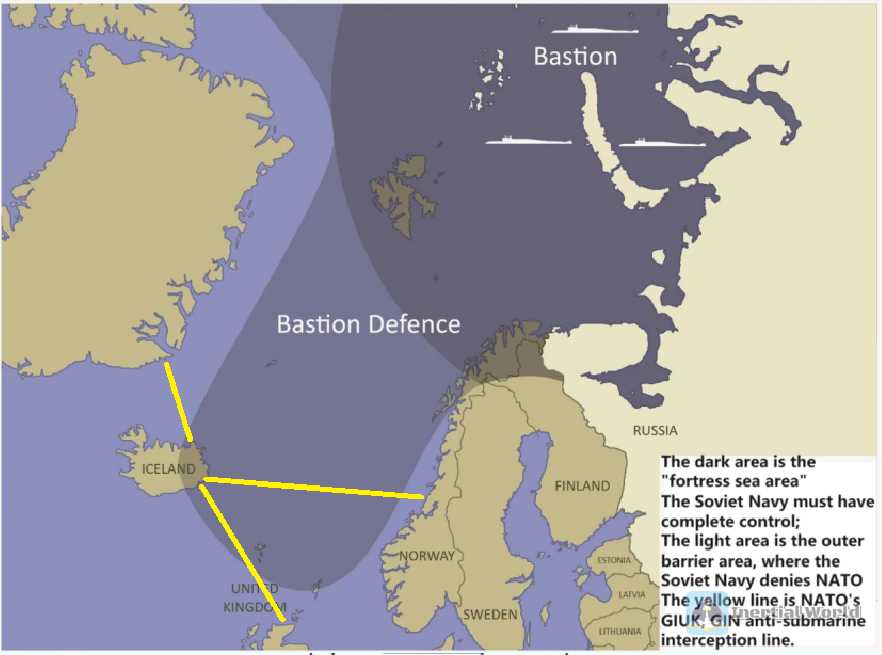
However, there are two major problems with the "fortress sea area": first, it only includes the North Norwegian Sea, the Barents Sea, and the Sea of Okhotsk. Only these sea areas can concentrate maritime and other forces for protection, and natural conditions can barely guarantee the safety and applicability of the 667B series. Since the 667B series does not use special design and construction technology, it cannot adapt to overly harsh sea areas, especially sea areas covered with dense floating ice or even permanent ice, so it cannot operate in most sea areas of the Arctic Ocean. In order to ensure low construction costs while being suitable for long-range submarine-launched missiles, the design of this type of boat adopts a small diameter and large turtleback line, which has huge hydrodynamic resistance and noise, and poor overall performance. In the 1980s, U.S. Navy Secretary Lyman and Chief of Naval Operations Watkins spoke to Congress and explained the U.S. Navy’s combat intentions and plans against the Soviet "fortress sea area" during a nuclear war. These were based on the inherent defects of the 667B series, which could not get out of the North Norwegian Sea, the Barents Sea, and the Sea of Okhotsk. In order to further enhance the reliability of the strike, the Soviet Navy also needs some submarines to be deployed outside the "fortress sea area."
It is still the requirement of nuclear confrontation for the suddenness of the first strike. As mentioned above, the U.S. sea-based nuclear force guarantees the U.S. military’s ability to take the initiative to the greatest extent, which is a huge advantage in its nuclear deterrence. The Soviet Navy also needs this ability to further guarantee its position. The Soviet Army also needs this ability, because the nuclear assault/first nuclear strike capability is very important, and the most core aspect of this capability is to have suddenness, that is, the ability to "shoot at the opponent’s head", but it is completely hopeless to achieve it with the 6675 series alone. The sea areas where these submarines can be deployed are very limited, and they are close to the Soviet mainland and far from the US mainland. The flight time of ballistic missiles is as long as half an hour, and there is no surprise at all. Faced with the US medium-range ballistic missiles and strategic nuclear submarines deployed near the Soviet Union, the Soviet Navy also needs strategic nuclear forces that can be deployed close to the US mainland.

In short, while maintaining the continued development of the 667B series, the Soviet Navy needs to develop such a type of nuclear submarine at the same time:
1. It must be able to be deployed from the North Norwegian Sea, the Barents Sea and the Sea of Okhotsk. This means that it must have strong survivability, and the design must avoid a large turtleback to reduce hydrodynamic resistance and noise.
2. The structure must be extremely strong, with a lot of targeted designs, and be able to overcome floating ice and even permanent ice, so that it can be effectively deployed in harsh sea areas such as the Arctic and Greenland. Although the Soviet army cannot provide protection in these sea areas, it is also difficult for NATO forces to reach them. 3. It is best to imitate the 658M and 667A nuclear submarines and break through the Western defenses on the GIN and GIUK waterways when necessary. This requires that the new submarine must have strong independent combat capabilities.
4. The number of nuclear warheads carried must be able to completely replace the nearly 600 missiles (all single-warhead missiles) on the 8 pre-deployed 658M and 34 667A/667Ay ships. Of course, the more the better, which can be achieved through a large number of missiles that can carry sub-missile warheads. This is the basic design requirement of the 941 strategic nuclear submarine.


